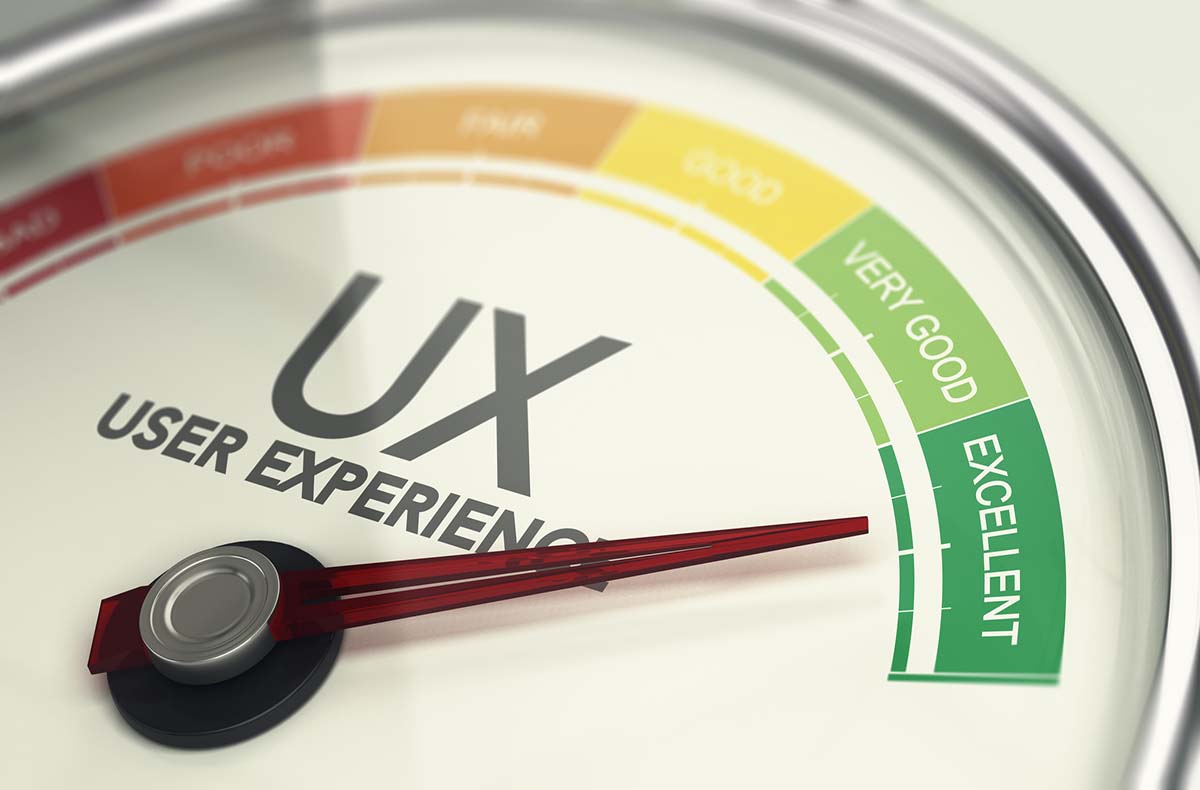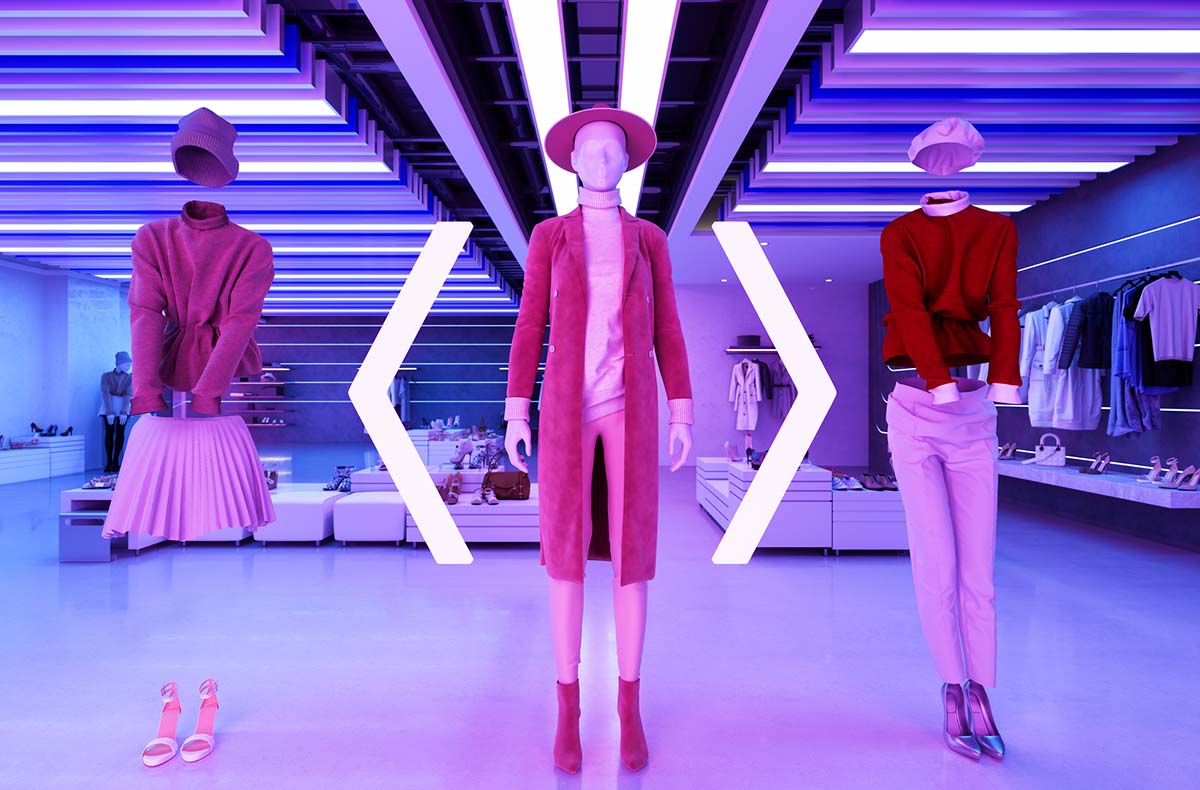
I like to think of user experience (UX) design principles as choreographed digital dances that guide gracefully, stir emotions, and leave users yearning for more. UX directly shapes how users interact with and perceive digital and physical product services and offerings and ensure that user interfaces (UI) and interactions are user-friendly, efficient, and enjoyable. Their significance cannot be overstated.
With the advent of new and emerging technologies, UX design continues to evolve, challenging UX designers to stay adaptive and resourceful. As users’ expectations and behavior patterns shift, designers must constantly reevaluate and modify their approaches to deliver engaging experiences across diverse platforms.
To stay ahead of the curve, UX designers must consider several key factors, including context of use, device compatibility, accessibility, and user-centricity. They should be prepared to research and prototype new interaction paradigms and anticipate potential pitfalls, as well as collaborate with interdisciplinary teams to develop and test innovative solutions.
Staying informed about emerging trends, best practices, and technological advancements is also crucial for UX designers to create future-proofed, holistic experiences that satisfy users’ ever-changing needs and preferences.
At the core of UX design are several key principles that guide the creation of intuitive and enjoyable user experiences. These principles include:
- Understanding user expectations: Designers must comprehend the target audience’s needs, preferences, and habits to create products that align with their expectations.
- Consistency: Maintaining a consistent design language across different platforms and devices ensures a cohesive user experience and helps users easily navigate and understand new interfaces.
- Reducing cognitive load: Simplifying interactions and streamlining interfaces minimizes the mental effort required to use a product or service, leading to a more enjoyable and efficient experience.
- Prioritizing accessibility: Ensuring that products and services cater to users with varying abilities and preferences guarantees a more inclusive and diverse user base.
- Context-awareness: Designing products that understand and adapt to user context allows for a more personalized and relevant experience.
Technologies creating the most interesting challenges for UX Designers include Augmented Reality (AR), Virtual Reality (VR), haptic screens, car dashboards, head-up displays, and smart home appliances. These areas are fast becoming mainstream, so adapting UX principles to encompass these technologies is crucial.
UX designers must adjust their approach to incorporate these new mediums/tools in the following ways:
Augmented Reality (AR) and Virtual Reality (VR)
AR and VR offer users immersive experiences that blend digital content with the physical world or transport users to entirely new environments. To create seamless, enjoyable AR and VR experiences, UX designers must:
- Focus on user comfort by minimizing motion sickness, eye strain, and discomfort through optimized navigation, interaction, and content display.
- Utilize spatial awareness to design intuitive 3D interfaces that capitalize on users’ natural understanding of space and depth.
- Emphasize accessibility by creating experiences that cater to users with different abilities, such as those with limited mobility or visual impairments.
Haptic screens
Haptic screens provide tactile feedback through vibrations and other physical sensations, enhancing user experiences with a more realistic touch. UX designers working with haptic screens should:
- Strive to understand and anticipate user expectations regarding the type and intensity of haptic feedback.
- Ensure consistency in haptic feedback across different interactions and devices to create a cohesive experience.
- Balance the intensity and frequency of haptic feedback to avoid overwhelming or overstimulating the user.
Car dashboards and head-up displays
Modern car dashboards and head-up displays incorporate digital displays, touchscreens, and projections to provide drivers with essential information and controls. Designing UX for these systems requires:
- Prioritizing safety by ensuring that the design does not distract drivers from the road and presenting information in a clear and concise manner.
- Emphasizing clarity and legibility with easy-to-read fonts, clear icons, high-contrast colors, and intuitive layouts.
- Reducing cognitive load by streamlining the interface and minimizing the number of steps required to perform tasks, making it easier for drivers to access information and controls without losing focus on the road.
Smart home appliances
Smart home appliances are revolutionizing the way users interact with their homes, particularly in the kitchen. To design user-friendly, efficient smart home appliances, UX designers must:
- Emphasize context-awareness by understanding user intent and adapting appliance behavior accordingly.
- Create intuitive interfaces that are easy to use, such as touchscreens and voice-controlled systems.
- Facilitate seamless integration with other smart devices and platforms, allowing users to create a cohesive smart home ecosystem.
As emerging technologies continue to evolve, UX designers must adapt their methods and principles to ensure that these new products and services cater to users’ needs and preferences. By prioritizing user expectations, comfort, accessibility, and safety while embracing the unique capabilities of these new technologies, UX designers can create innovative solutions that improve people’s lives and drive widespread adoption of cutting-edge technologies.
From AR and VR experiences to advanced car dashboards and smart home appliances, the successful integration of UX principles in these domains will help shape the future of technology, making it more user-centric and usable.

